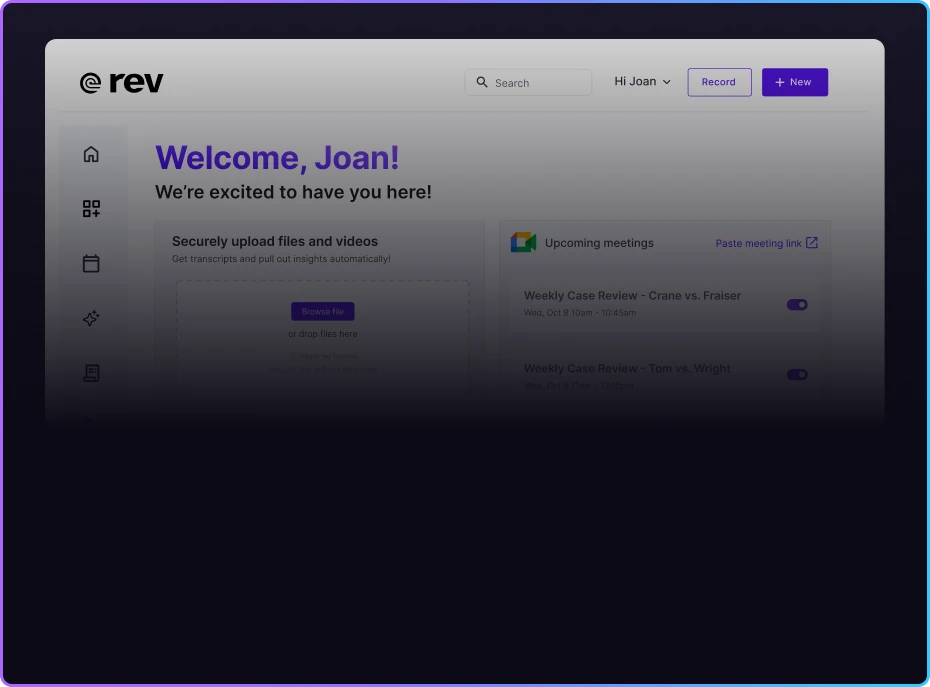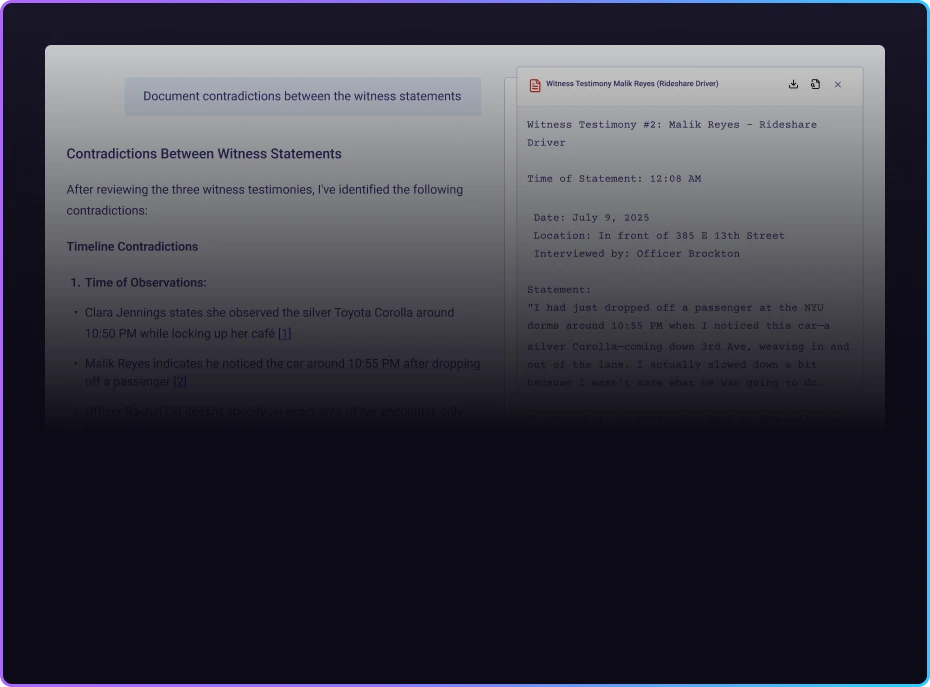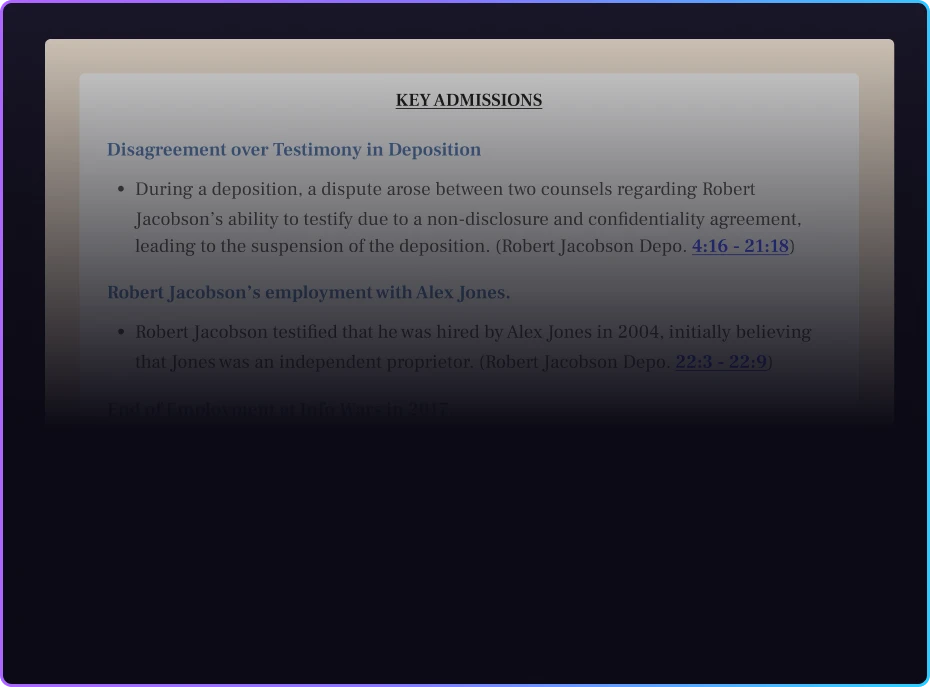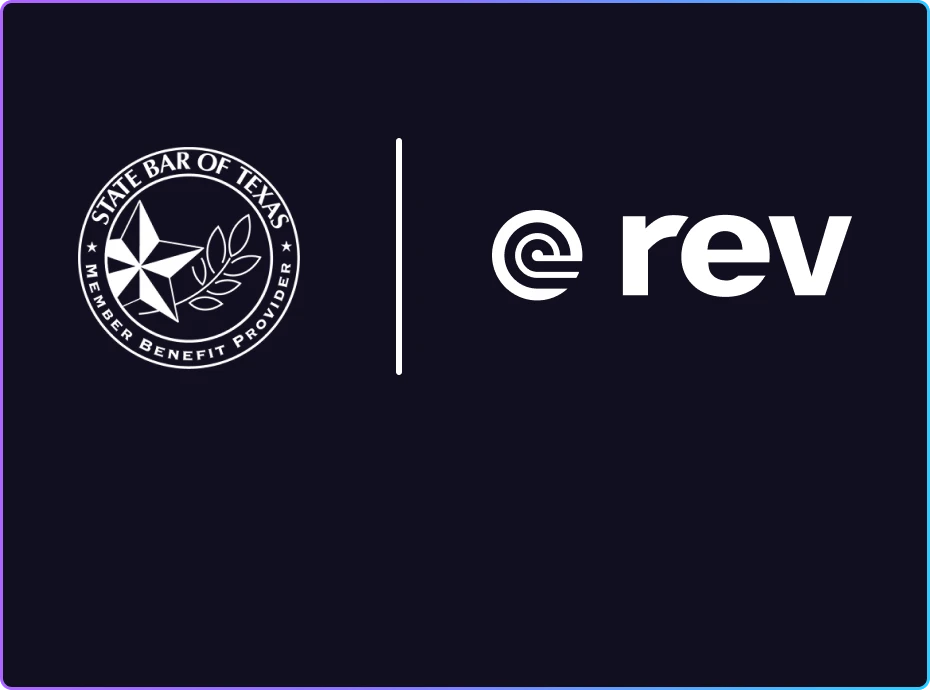How to Take Better Notes at Work
Note-taking skills are critical in the business world. Learn how to take faster and better notes — and the tools that can help you do it.

Think back to the last work meeting you had. What did you discuss? Have you followed up on any assignments you received? What were the key next steps for the team?
Most likely, only a few of these answers are top of mind. But, if you’ve mastered the art of note-taking, you’ll be able to come up with them quickly.
Developing your note-taking skills does more than help you retain information. It also improves your decision-making and unlocks your productivity. Great notes help to turn workplace conversations into measurable results.
Whether you’re taking detailed minutes or capturing the essentials, here’s how to take better notes at work.
1. Prepare for Meetings
Effective meeting preparation lays the groundwork for productive note-taking. Always review the agenda and any other relevant documents beforehand to understand the purpose and key discussion points. Jot down any important topics and relevant questions you may want to ask during the meeting. If you’re leading the meeting, include a section to write down key next steps.
Getting your bearings ahead of time will help you stay focused on what matters when writing your meeting notes.
2. Choose a Structure That Works for You
There’s no single way to have better-organized notes. Experienced note-takers rely on various note-taking techniques for capturing important details during meetings. Here are a few examples to consider based on what helps you organize and retain information:
- The Cornell Method: The Cornell approach helps you create a quick table of contents of sorts for your meeting. Simply draw a vertical line roughly a third of the way from the left side of the page. Take all your notes on the right side during the meeting, then review and jot down the most important points on the left side afterward.
- The bullet-point method: Bullets work well for less structured meetings, giving you room to capture as much or as little as needed as the conversation progresses. Organize your notes with key topics as the main bullets, with important subpoints underneath each one.
- Mind-mapping: This method is well suited for brainstorming sessions, allowing you to capture a range of distantly related ideas and connected sub-ideas. Start with the big idea at the center, then jot down connected ideas in surrounding bubbles. Flesh out important details during or after the meeting.
- Templates, tables, or charts: Templates or other organized visual methods are useful when you already have a detailed agenda, which you can fill out with more details during the meeting. A template works well for meetings that follow a standard structure, while tables or charts can visually arrange data or other critical information for better retention.
3. Take Notes by Hand
In today’s hyper-digital work environments, it may seem counterintuitive to bust out a pen and paper. But there’s something powerful about the simple act of writing things down by hand.
Research has repeatedly shown that writing engages your brain more fully than typing — reaching across the visual and motor cortexes, as well as the sensory-processing regions. This reinforces retention and strengthens your learning pathways.
The point? Never underestimate the power of the pen.
4. Let Tech Do the Hard Work
Even if you’re writing by hand, that doesn’t mean you have to slog away, furiously jotting down every word. In fact, that approach will likely be counterproductive.
Instead, let technology fill in the gaps so you can just worry about highlighting the key points manually. The best note-taking tools, such as Rev’s AI Notetaker, can help you capture all the dialog, and itcan even generate intelligent meeting summaries to help you review what was said later.
5. Practice Active Listening
Part of the challenge of note-taking is interpreting information on the fly. Active listening helps ensure you truly understand what you’re writing down so you’re not lost when you return to your notes later.
As much as possible, stay focused on each speaker during the meeting. When you need clarification, ask for it. Summarize key points out loud when you have the opportunity — this will enhance everyone’s comprehension and improve your notes in the process. Not all meetings invite active back-and-forth, but try to actively engage in whatever way the format allows.
6. Think Visually
Some people process and retain information better when it’s presented visually. If that’s you, it may help you to add visual elements to your meeting notes even when they’re not provided. Adding pictures, illustrations, tables, or sketches may solidify concepts or help you recall key points later during review.
7. Develop Your Shorthand Skills
You don’t have to learn professional shorthand to speed up your note-taking skills at work. Still, adding some simple symbols and truncated phrases to your repertoire can help you capture important points more quickly.
For instance, you might use arrows to designate action items or stars to highlight critical information. You can also shorten frequent words like “with” (“w/”), “because” (“b/c”), or “important” (“imp”). The specifics are up to you.
8. Highlight Action Items
When you review your notes after the meeting, you want to be sure the big to-do items stand out. Whether you use a shorthand, bold text, all caps, or checkboxes, make sure you can clearly see what requires action. Include information about who is responsible and when the task needs to be completed.
Defining next steps is one of the most important ways to take better notes in meetings. You may even want to create a summary section with all the next action items at the end of your notes for easier reference.
9. Jot Down Follow-Up Questions
As you take notes, don’t merely jot down rote information. Engage with the content critically, marking questions as you go so you can follow up at a break in the presentation or discussion. Marking your notes quickly will keep you from getting lost in thought but signal that you need more information to better understand a specific point.
Even better, asking follow-up questions will show your boss that you’re engaged in meetings and invested in your work. That reputation will only help you when it comes time for reviews and potential promotions.
10. Compare and Share
Workplace notes are most effective when they represent a collaborative effort. Don’t rely solely on your own ability to keep up in the meeting — convene with co-workers after the fact to compare notes and clarify key points. This practice will help ensure no one misses a beat.
11. Review and Reorganize
When you’re looking for ways to take better notes at work, the tips don’t stop when the meeting ends. Your after-meeting review routine is just as important as your in-meeting note-taking.
Set aside time to go over everything you wrote and clean up and reorganize as needed. For instance, you might group key points in categories, create a summary section, or add color-coding for specific types of points. This is a good time to convert your notes to a to-do list and transfer those tasks to your calendar.
What Are the Five R’s of Note-Taking?
The “Five R’s of Notetaking” are: record, reduce, recite, reflect, and review. Incorporating each of these practices into your note-taking will make your efforts more productive:
- Record: Write down or type out the most important information.
- Reduce: Return to your notes to summarize and distill detailed information into key concepts. Capture keywords that will help you retain critical points.
- Recite: Try to go over the key points again without looking at your notes. When preparing for a presentation or important meeting, recitation helps you solidify your understanding and your memory.
- Reflect: Reflection takes you deeper into the subject matter by critically engaging with the material and asking key questions. For instance: How does this relate to what I already know? What are the main ideas? How does this impact my work?
- Review: Regular review helps reinforce what you learned and retain it as you take follow-up steps or prepare for the next meeting.
Benefits of a Good Note-Taking Strategy
Learning to take good meeting notes helps you stay organized and effective at work — but that’s only scratching the surface. Here’s why good note-taking skills matter:
- Improves retention and understanding: Simply taking notes helps you better engage and process information during meetings. Many people find it easier to organize their thoughts when they’re on paper and out of their heads.
- Enhances productivity: Keeping an organized record of key points helps ensure important follow-up tasks don’t fall through the cracks.
- Supports better decisions: Writing down notes gives you a reliable reference, which you can review and discuss with colleagues as you decide on next steps.
- Strengthens collaboration: Without a record of workplace notes, team members can easily lose track of responsibilities and forget important details. Well-taken notes clearly document exact instructions and expectations to keep everyone on the same page.
- Saves time: When everyone has a reliable reference point for meeting details, there’s less need to rehash conversations or double-check details with each other.
Taking Notes a Step Further
Recording important information during meetings or seminars is essential, but it’s only half the battle. The real work lies in transforming those important notes into invaluable insights.
Technology like Rev can help you on both fronts. Our AI transcription tools help you capture everything said in your meetings so you can easily reference the details later without the distraction of trying to write everything down yourself. That frees your mind to engage directly in the conversation, reflecting on what each speaker says, and thinking critically about what it means for you.
Revamp Your Note-Taking Skills With Rev
Note-taking skills have long been vital for success in the workplace. The difference now? Tools like Rev make the process faster and more efficient than ever — freeing you to focus less on the task of taking notes and more on engaging with the topic at hand.
Find out what it’s like to have an AI assistant take care of the grunt work. Subscribe to Rev today to get started.













